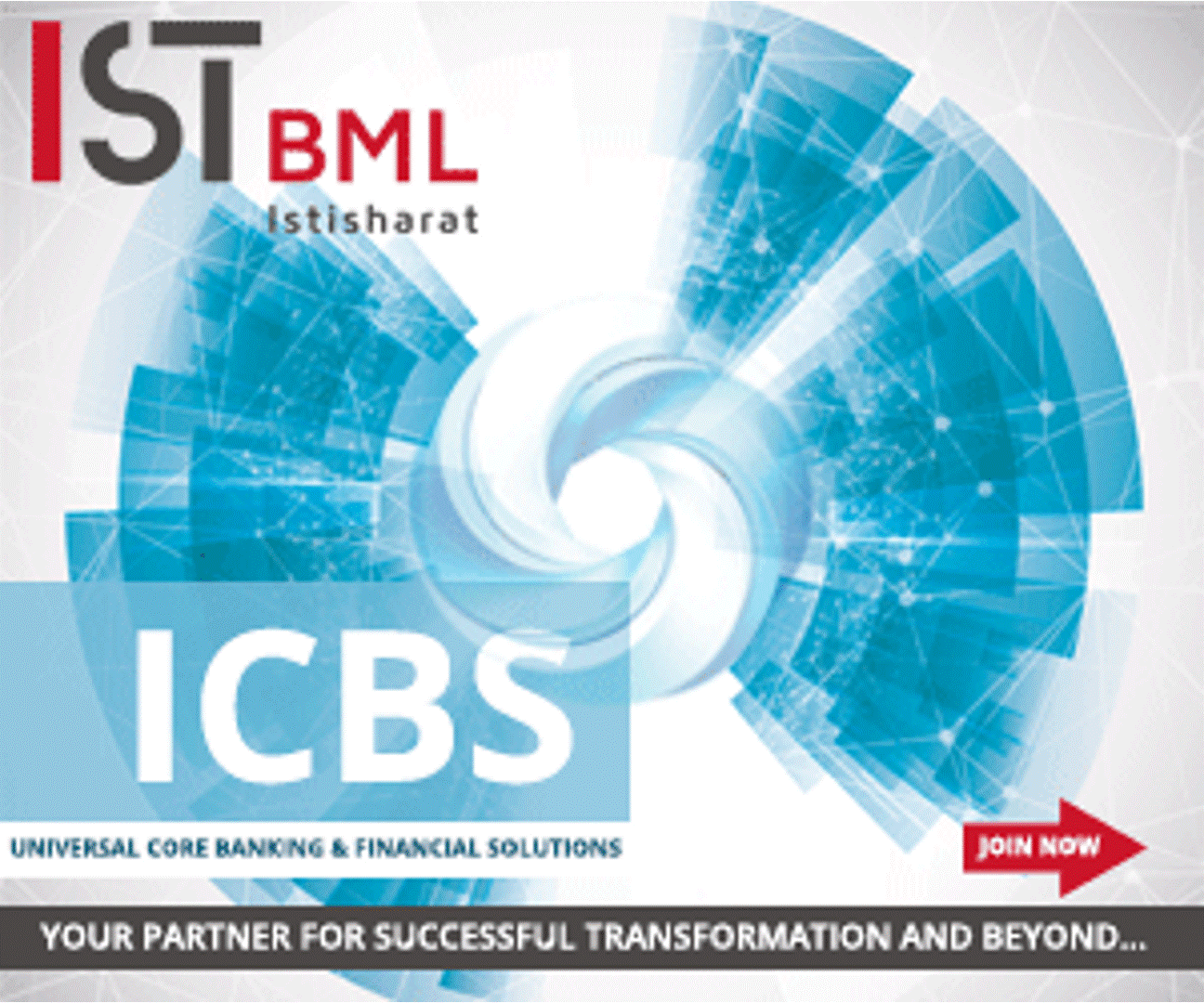 Back
Back
3 challenges faced by banks in modernising their Core Banking systems
By Joy Dumasia
 Core Banking can be defined as a backend system that processes banking transactions across various bank branches. The system performs key banking activities such as transactions processing, account opening and onboarding, amongst others. CORE is an acronym for “Centralised Online Real-time Exchange”; thus, the bank’s branches can access applications from centralized data centres. The customers can access their accounts from any member bank branch office.
Core Banking can be defined as a backend system that processes banking transactions across various bank branches. The system performs key banking activities such as transactions processing, account opening and onboarding, amongst others. CORE is an acronym for “Centralised Online Real-time Exchange”; thus, the bank’s branches can access applications from centralized data centres. The customers can access their accounts from any member bank branch office.
New-age Core Banking systems are built on cloud and digital technologies, and they use open API-based architecture to integrate with internal and external systems seamlessly. Moreover, software application-based platforms make Core Banking systems user-friendly and more efficient. Cloud Banking has become an integral part of every bank’s technology transformation strategy and, consequently, a part of every supplier’s product roadmap. The cost efficiency, flexibility, scalability, collaborative capabilities, and benefits of a cloud infrastructure outweigh any business justification for having one’s technology on-premises.
The following are 3 challenges faced by banks in modernising their Core Banking systems:
- Difficulty in real-time data processing: Core Banking systems, especially legacy systems, often do not run in real-time. This puts many constraints on implementing applications and services that meet customers’ demand for real-time offerings and capabilities. With the legacy Core Banking systems, it becomes complicated for banks to create a complete suite of the real-time environment as these systems work on a batch-based format. Under this format, tasks are completed at specific intervals in batches. Therefore, banks then must resolve by manually controlling all the individual processes internally.
- Cybersecurity: One of the biggest challenges in a connected banking ecosystem is protecting the terabytes of digital customer data from cyberattacks. In the modern banking structure and environment, mobile and cloud channels increase the potential attack surface exponentially. The data security risk is exceptionally high for small and mid-sized banks with fewer resources to defend against a sophisticated cyberattack and is easier to infiltrate.
- Upgrading legacy systems: The transition from a legacy system to a modernized, digitally connected system can be a daunting process. This is especially true for banks in the US and their COBOL based legacy systems. Most of these systems have been modified over the years to the extent that upgrading them is extremely complicated. Banks will have to bear high costs for the same as huge investments would be required in the application, security, maintenance, and integrations with external systems. Moreover, in the current contactless communication environment, on-site implementation support can also be challenging.
ALSO READ: Global Core Banking Vendors & Landscape Report Q1 2022
IBSi FinTech Journal
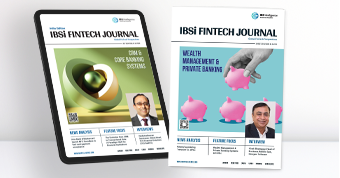
- Most trusted FinTech journal since 1991
- Digital monthly issue
- 60+ pages of research, analysis, interviews, opinions, and rankings
- Global coverage
Other Related News
Related Reports

Sales League Table Report 2025
Know More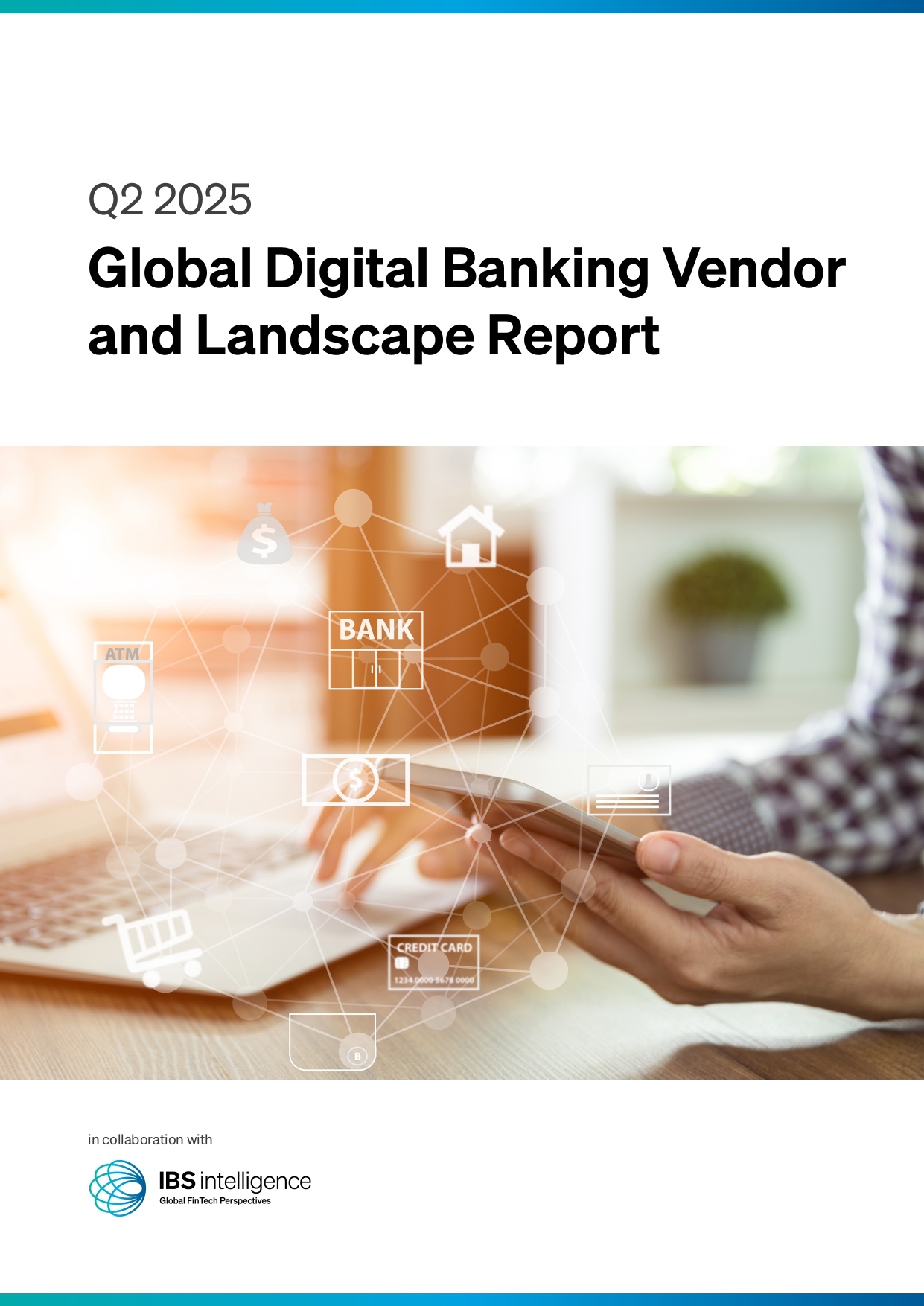
Global Digital Banking Vendor & Landscape Report Q2 2025
Know More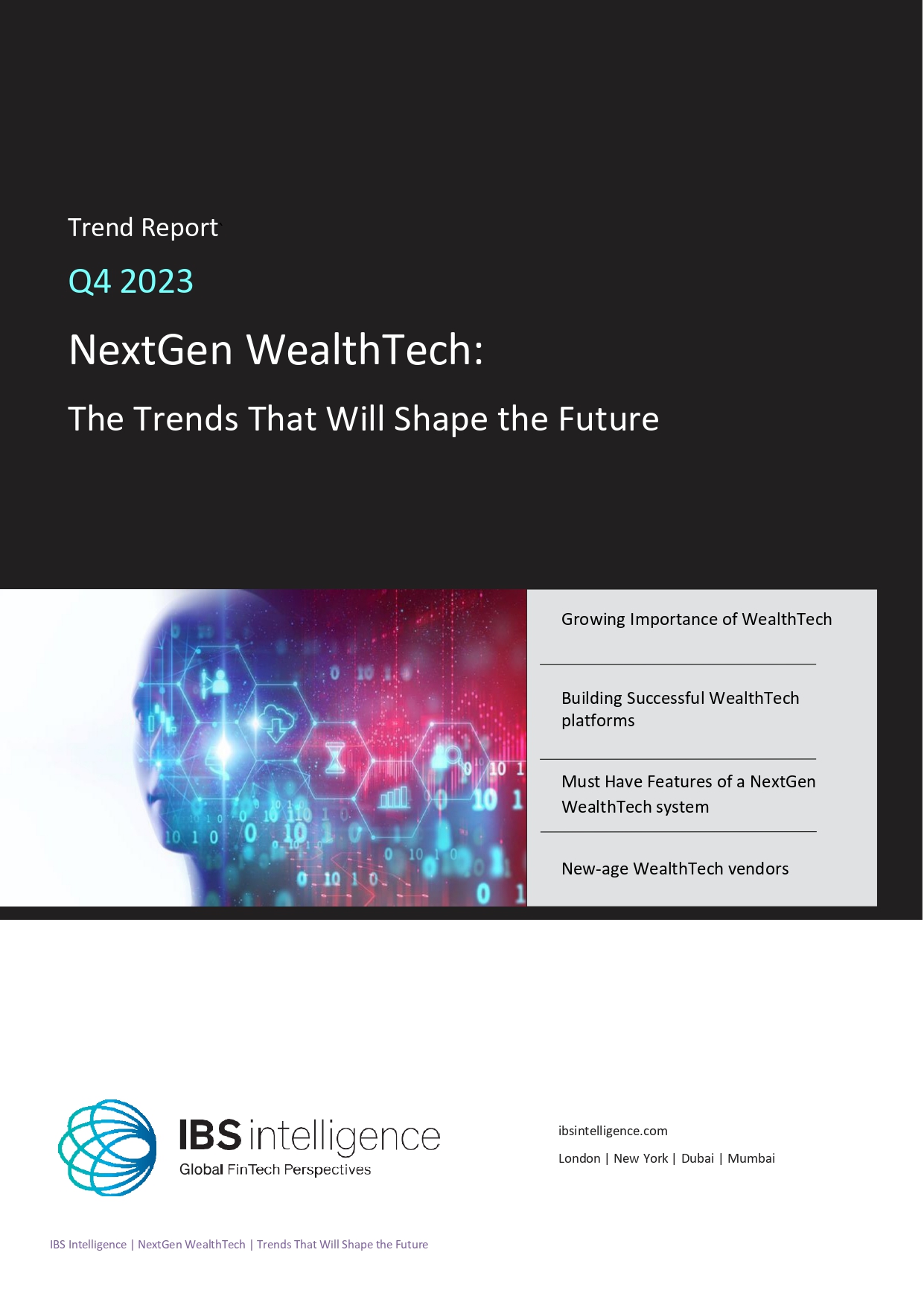
NextGen WealthTech: The Trends To Shape The Future Q4 2023
Know More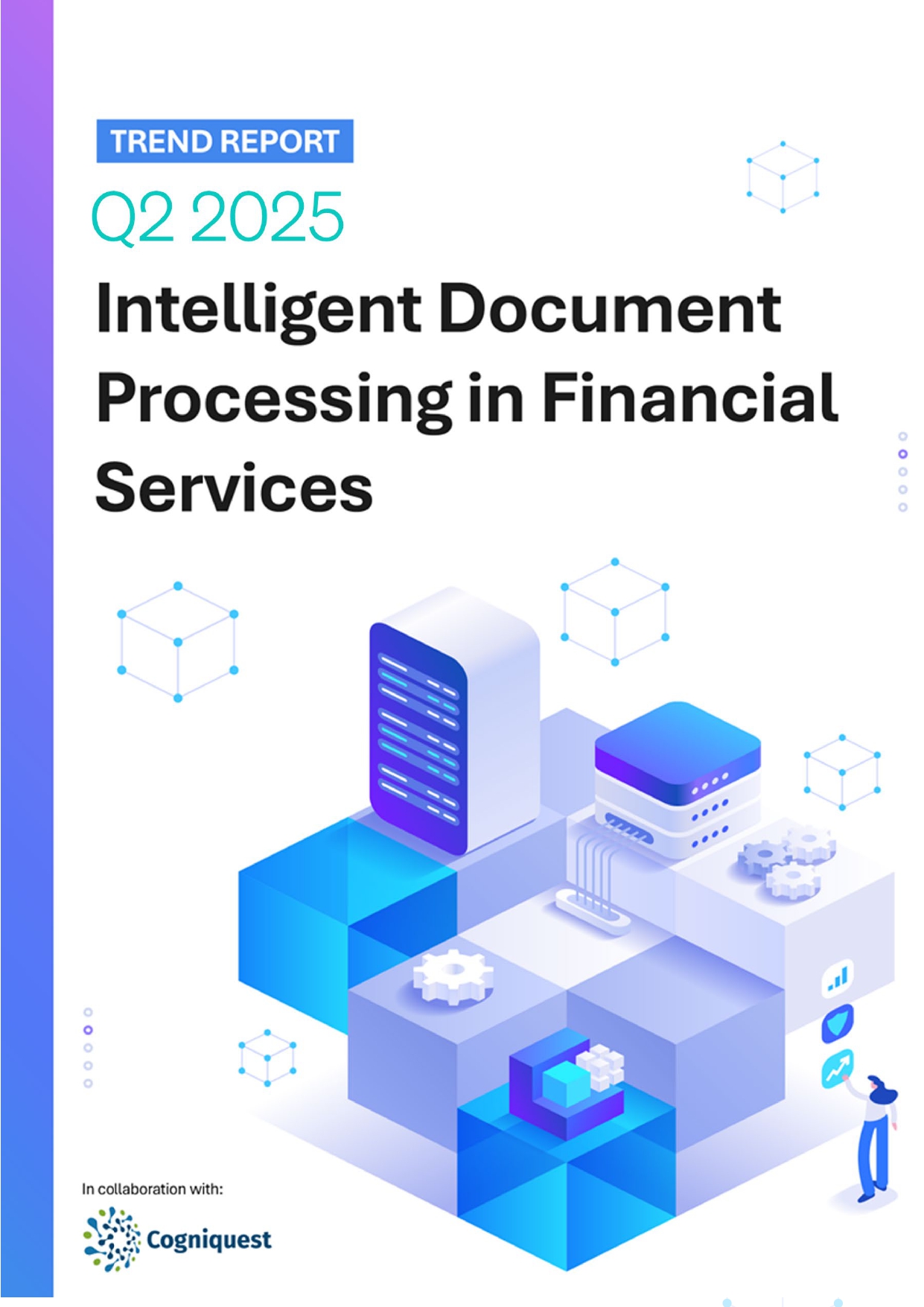
Intelligent Document Processing in Financial Services Q2 2025
Know More

